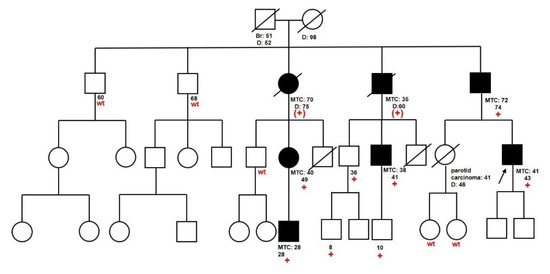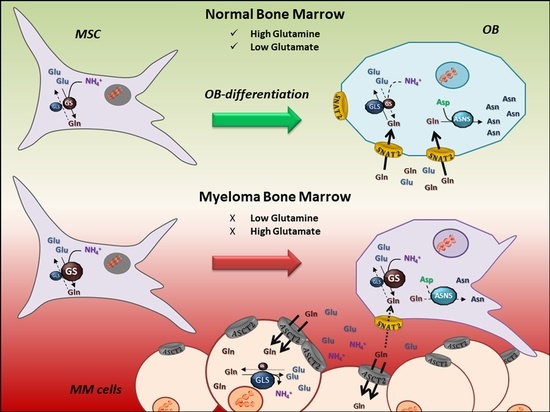Cancers, Vol. 12, Pages 3267: Myeloma Cells Deplete Bone Marrow Glutamine and Inhibit Osteoblast Differentiation Limiting Asparagine Availability
Cancers doi: 10.3390/cancers12113267
Authors: Martina Chiu Denise Toscani Valentina Marchica Giuseppe Taurino Federica Costa Massimiliano G. Bianchi Roberta Andreoli Valentina Franceschi Paola Storti Jessica Burroughs-Garcia Rosa Alba Eufemiese Benedetta Dalla Palma Nicoletta Campanini Eugenia Martella Cristina Mancini Jixiu Shan Michael S. Kilberg Giovanna D'Amico Erica Dander Luca Agnelli Giancarlo Pruneri Gaetano Donofrio Ovidio Bussolati Nicola Giuliani
Multiple myeloma (MM) cells consume huge amounts of glutamine and, as a consequence, the amino acid concentration is lower-than-normal in the bone marrow (BM) of MM patients. Here we show that MM-dependent glutamine depletion induces glutamine synthetase in stromal cells, as demonstrated in BM biopsies of MM patients, and reproduced in vitro by co-culturing human mesenchymal stromal cells (MSCs) with MM cells. Moreover, glutamine depletion hinders osteoblast differentiation of MSCs, which is also severely blunted by the spent, low-glutamine medium of MM cells, and rescued by glutamine restitution. Glutaminase and the concentrative glutamine transporter SNAT2 are induced during osteoblastogenesis in vivo and in vitro, and both needed for MSCs differentiation, pointing to enhanced the requirement for the amino acid. Osteoblastogenesis also triggers the induction of glutamine-dependent asparagine synthetase (ASNS), and, among non-essential amino acids, asparagine rescues differentia tion of glutamine-starved MSCs, by restoring the transcriptional profiles of differentiating MSCs altered by glutamine starvation. Thus, reduced asparagine availability provides a mechanistic link between MM-dependent Gln depletion in BM and impairment of osteoblast differentiation. Inhibition of Gln metabolism in MM cells and supplementation of asparagine to stromal cells may, therefore, constitute novel approaches to prevent osteolytic lesions in MM.












